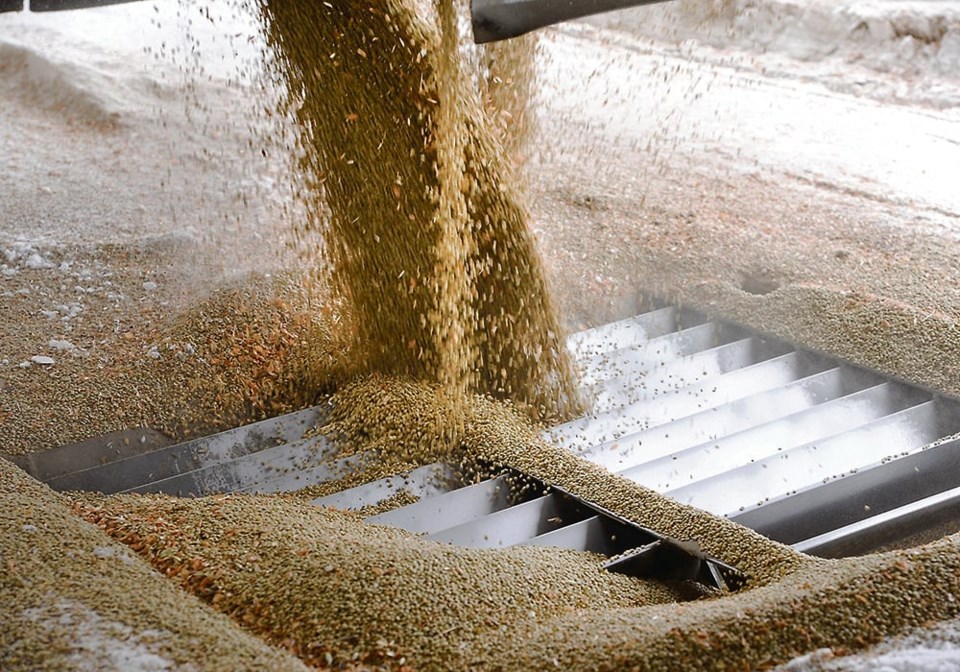WESTERN PRODUCER — India’s current pulse crop is disappointing, and that could mean strong lentil demand, says an analyst.
The government is forecasting 8.4 million tonnes of kharif (summer) pulse production, which is well below its target of 10.5 million tonnes.
“India will certainly face tight supplies of domestic kharif pulses in 2022-23,” Guruswamy Chandrashekhar, senior editor of the Hindu Business Line, said during a recent Trade Talk podcast with the Global Pulse Confederation.
Pigeon peas are the main pulse grown during the kharif season. The government is forecasting 3.89 million tonnes of production, well off the target of 4.55 million tonnes.
Green lentils are sometimes used as a substitute for pigeon peas.
The short kharif crop is why the government has dropped all import duties on pigeon peas, black matpe and lentils through March 2023.
It has signed memorandums of understanding with Myanmar and Mozambique for importing 700,000 to 900,000 tonnes of pigeon peas and black matpe.
Chandrashekhar believes India will import another 600,000 to 800,000 tonnes of red and green lentils from Canada and Australia in 2022-23.
The good news for Canadian exporters is that Australia’s lentil crop appears to be in big trouble.
The Australian government had been forecasting a record 924,000 tonnes of production. However, heavy rain in Victoria and New South Wales has hit the crop hard, according to a Grain Central story.
“Early estimates say production of (chickpeas, lentils and fababeans) could be down by around one-third on what was expected in mid-September,” said the Australian grain publication.
“Their only value will be as nitrogen sources for next year’s cereals.”
Lentil prices have soared by AUSD$100 per tonne to $800 per tonne.
India’s kharif crops are currently being harvested. The rabi, (winter) crop, which includes lentils and chickpeas, will be planted in the November/December period and harvested in February/March.
The government has established a target of 19 million tonnes of rabi pulse production, including 13.5 million tonnes of chickpeas.
There is no lentil estimate, but Chandrashekhar believes it to be around 1.5 million tonnes.
He thinks it is premature to be making estimates. He wants to wait for the withdrawal of the southwest monsoon and to see what kind of winter rains occur in December and January.
Chandrashekhar questions the wisdom of the government eliminating lentil duties through March 2023 because that could lead to large imports, providing a disincentive for growers to plant the crop.
“It should have been restricted,” he said.
“But I’m happy for suppliers like Canada and Australia. Of course, they will do more business with India.”
MarketsFarm analyst Mike Jubinville isn’t overly optimistic about Indian lentil demand.
“The Indian domestic price trend right now is fairly flat, so I don’t necessarily see them as a big volume buyer in the immediate future,” he said during a recent webinar.
Another deterrent is that India’s currency problems are making imports more expensive.
Jubinville noted that India’s lentil prices are above the government’s minimum support price (MSP), while chickpeas are below the MSP.
That might cause a shift out of chickpeas and into lentils at rabi seeding, which could reduce India’s import requirements.
Canada’s new crop pricing was stable at around 30 cents per pound for fall delivery, increased to 34 to 35 cents in September/October and has since slipped back a couple of cents.
He believes the Australian situation could result in another bull run.
Jubinville isn’t sure about the magnitude of the production losses, but the rains will delay Australia’s sales program and push more early-season business to Canada.
If prices rise to the 35 cent level again, that would be a good opportunity to be 50 percent sold on red lentils.
Large green lentil prices appear to have plateaued at about 52 to 53 cents per pound. Those are still lofty levels, and he wonders when demand destruction will occur.
The green lentil market reminds him of last year’s durum market, where prices got so high that buyers either found substitutes or did without.
Contact [email protected]

